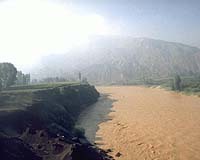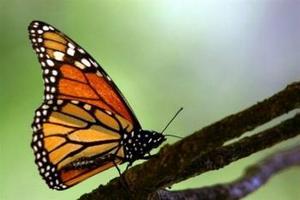Yellow River floodwaters inundated an entire town in northern China on Friday amid frantic efforts to repair breaches to embankments caused by unexpected high water levels, state media reported.
At least 10,000 residents of Duguitala in the Inner Mongolia region have been evacuated to a nearby desert area since water began pouring into the town on Wednesday, Xinhua news agency quoted a local official as saying.
Embankments began to crumble on Wednesday after soaking in high water, which state television blamed on rapid glacial melt in the Himalayas, the source of the river.

|
| ©Unknown
|


